NY Fed Gauge of Inflation Persistence Shows Stickiness Following Surge
Persistent inflation matches core inflation, suggesting that further progress on bringing down inflation will be hard to come by.

Persistent inflation matches core inflation, suggesting that further progress on bringing down inflation will be hard to come by.

“Problem is, the central bank’s dovishness also increases the possibility of no landing at all,” Bill Dudley warned.

Less than three percent of American households expect to be much better off 12 months from now, the N.Y. Fed’s consumer survey showed.
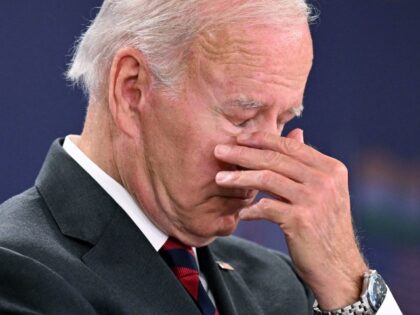
Expected earnings growth slowed even while inflation picked up, raising the specter of stagflation.

Inflation expectations are running at a record high in the New York Fed’s consumer survey.

No sign of consumer prices easing in the New York Fed’s suvey of manufacturing.
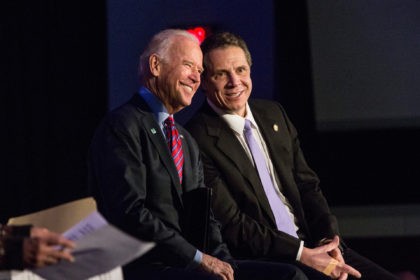
Nearly 81 percent of New York manufacturers said they faced higher prices in May than April.
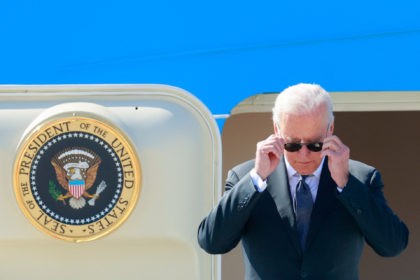
Former NY Fed chief William Dudley thinks interest rates could climb as high as 4.5 percent in the coming years, much higher than most investors expect
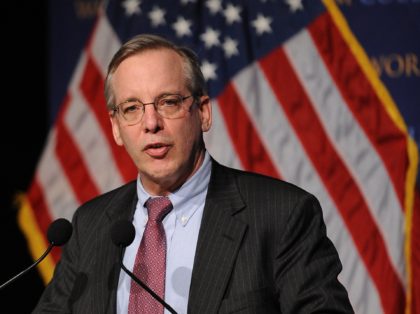
Fed survey picks up confusing signals about the direction of the economy.

A survey of business conditions taken while infections surged and election day occurred indicates slower growth.

The outlook for business conditions in New York turned sharply higher in June, indicating the highest level of optimism in more than 10 years.

$500 billion Thursday. $1 trillion Friday. And $1.6 trillion every week for at least the remainder of the month.

The phase one trade deal is under fire from economists and politicians opposed to the Trump economic agenda.

Capital spending and technology spending plans rose in December, suggesting strength ahead for manufacturing

The New York Fed is getting ready for a possible liquidity crunch at the end of the year.

A new look by the New York Fed at tariffs walks back claims that the cost of tariffs are borne by U.S. households.

The “temporary liquidity operations” are looking a lot less temporary with each passing day.

Inflation expectations remained low while income expectations jumped higher in September, according to the NY Fed.

The market appeared to be on steadier footing on Tuesday, with demand falling to the lowest level in almost two weeks.

The madness was a bit milder on Monday, perhaps indicating that the Fed’s intervention is working to relieve repo stress

No sign of stability in the short-term funding market.

Demand for short-term cash loans for banks is rising and liquidity crunch rolls on.

The short-term funding market still needs emergency liquidty from the Federal Reserve.

The amount of funds needed to keep the short-term repo market under control is still growing and demand is rising.

The Fed’s intervention in the overnight funding market for banks entered its second week on Monday.

The Fed’s life support for the short-term funding market will continue on Friday.

Manufacturing in New York State was weaker than expected, sending the NY Fed’s index down to just barely positive territory.

Nearly half of manufacturers said tariffs had no effect on selling prices. Another 10 percent said there was a downward effect.

The New York Fed’s Empire State index took fell into negative territory for the first time in more than two years.

The Fed was wrong to assume moving production out of China necessarily imposes deadweight costs or efficiency losses

It all rests on the false assumption that moving out of China necessarily means moving to a less efficient producer.
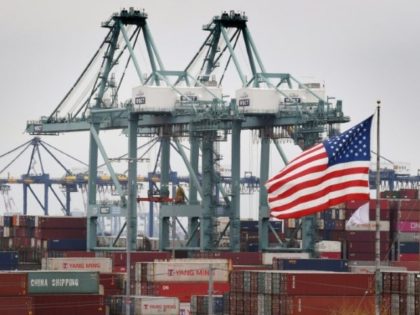
New York’s state of mind was decidedly less buoyant than expected in December.
